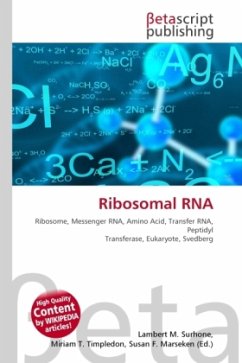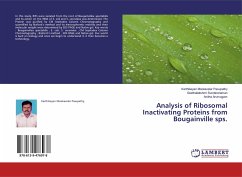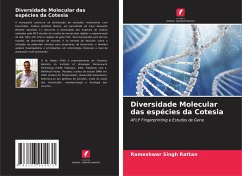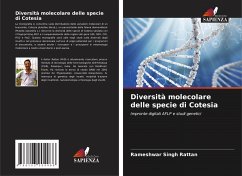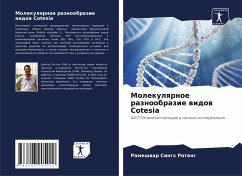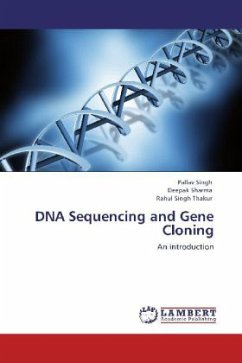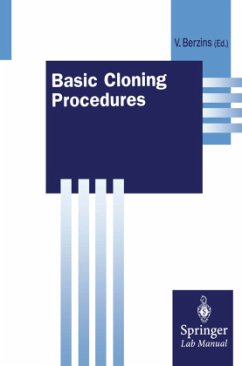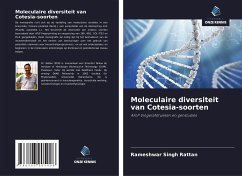
16S Ribosomal RNA Gene Sequencing
Establishment of a Method for the Identification of Microorganisms in Biopharmaceutical Production Areas
Versandkostenfrei!
Versandfertig in 6-10 Tagen
32,99 €
inkl. MwSt.

PAYBACK Punkte
16 °P sammeln!
In biopharmaceutical production areas the microbial count should be kept to a minimum to ensure the stability and cleanliness of drug products. In general, the conventional API and VITEK methods are used to characterize them. However, more and more frequently, microbiologists isolate "difficult" strains that such automated systems often fail to identify. Those "difficult" strains are often found in clean room areas, because the use of disinfectants leads to a change in the metabolic pattern and so the conventional methods provide wrong results. The author, Sandra Tscherwizek, shows an opportun...
In biopharmaceutical production areas the microbial
count should be kept to a minimum to ensure the
stability and cleanliness of drug products. In
general, the conventional API and VITEK methods are
used to characterize them. However, more and more
frequently, microbiologists isolate "difficult"
strains that such automated systems often fail to
identify. Those "difficult" strains are often found
in clean room areas, because the use of
disinfectants leads to a change in the metabolic
pattern and so the conventional methods provide
wrong results. The author, Sandra Tscherwizek, shows
an opportunity to identify such difficult strains
via a 16S rRNA gene sequencing method based on the
genetic level, and describes how to interpret the
outcome. Furthermore a cost-benefit calculation was
done to compare the conventional methods Vitek and
API with the sequencing method. The study shows that
an identification of microorganisms by 16S rRNA gene
sequencing leads to higher resolution power compared
to conventional biochemical methods.
count should be kept to a minimum to ensure the
stability and cleanliness of drug products. In
general, the conventional API and VITEK methods are
used to characterize them. However, more and more
frequently, microbiologists isolate "difficult"
strains that such automated systems often fail to
identify. Those "difficult" strains are often found
in clean room areas, because the use of
disinfectants leads to a change in the metabolic
pattern and so the conventional methods provide
wrong results. The author, Sandra Tscherwizek, shows
an opportunity to identify such difficult strains
via a 16S rRNA gene sequencing method based on the
genetic level, and describes how to interpret the
outcome. Furthermore a cost-benefit calculation was
done to compare the conventional methods Vitek and
API with the sequencing method. The study shows that
an identification of microorganisms by 16S rRNA gene
sequencing leads to higher resolution power compared
to conventional biochemical methods.



